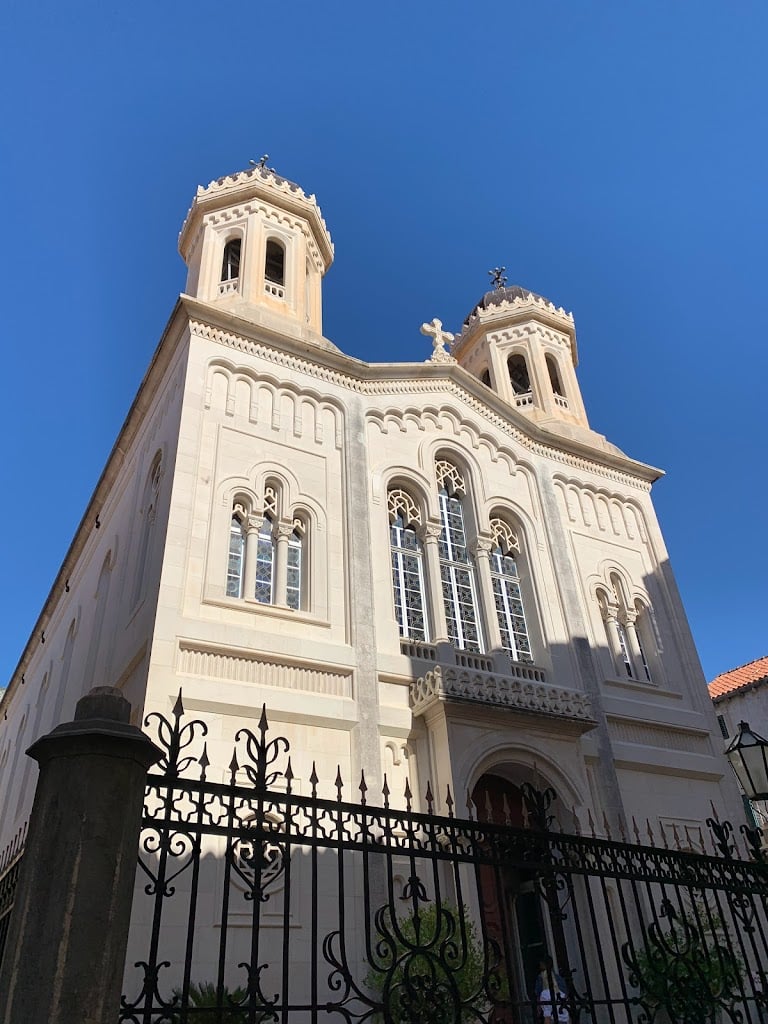Church of the Holy Annunciation



About Church of the Holy Annunciation
Get the inside scoop on Church of the Holy Annunciation from local experts, travel creators, and tastemakers. Browse genuine trip notes, Church of the Holy Annunciation reviews, photos, travel guides, and itineraries from real travelers and plan your trip with confidence.
What people say
Pedro Pereira
Available for hire
"The historical negotiations following the conflict between Dubrovnik and Russia (1764 to 1775) significantly influenced the establishment of the Orthodox Christian presence in the city. The Russian government requested that Dubrovnik accept a consul with the right to build an Orthodox Christian church. However, the Dubrovnik government denied this request, explaining that there were only a few Orthodox families in the area. Instead, they permitted the consul to arrange for a small chapel within his residence. Consequently, an Orthodox chapel was constructed outside the city walls on Boninovo, the site of what is now the Dubrovnik cemetery.
In the report by emissary Ranjina, the reasoning behind the refusal to allow the construction of an Orthodox church is revealed. He warned that if an Orthodox church were built, it would likely lead to an influx of Orthodox Christians from regions under Venetian and Ottoman control. These newcomers would remain subjects of their respective rulers, and their numbers could eventually threaten the autonomy of Dubrovnik, undermining the Republic’s identity.
Under the policies of the Dubrovnik Senate, an Orthodox Christian priest was allowed to visit Dubrovnik only twice a year, for a maximum of eight days. It was not until 1813 that Orthodox Christians in Dubrovnik were granted citizenship status; prior to this, they were considered subjects of the Ottoman Empire.
As the political landscape shifted, the Guardian Council of the Orthodox Church began searching for a suitable site for a proper church to replace the existing chapel in 1839. In 1865, they purchased the Gucetic Theatre from the Bošković brothers and commissioned architect Vechetti for the project. However, the building project commenced in 1868 revealed that the parcel was too small for their plans. Consequently, the council acquired the Renaissance Gundulic Palace and the Palace Stay, along with the baroque garden and adjacent buildings on Ulica od Puca (translated as "Street of Wells"). To realize the project, two buildings on this street, as well as part of the baroque wing of Gundulic Palace and the garden, were demolished.
Construction of the new Orthodox church began in 1871, and the church was consecrated in 1877, although final touches continued into the early 20th century. The church features a single nave, a semicircular apse, and two octagonal belfries, all oriented towards Ulica od Puca. Built in the ornamental neo-Byzantine style, the church stands out due to its elevated position and distinctive architectural presence in the surrounding area.
In 1907, the Orthodox Church acquired the adjacent Bundic Palace and a small baroque Chapel of the Annunciation. A new building housing the church's offices replaced the chapel. Today, the Bundic Palace houses the Museum of Icons, showcasing a collection of valuable icons dating from the 15th to the 19th centuries, portraits by notable artists like Vlaho Bukovac, important furniture pieces, and artifacts such as a facsimile edition of the Gospel by St. Miroslav and a Russian-printed Gospel in a metal cover. The museum serves as a vital link to the rich heritage of the Orthodox Christian community in Dubrovnik."
Read more in:
Mentioned in these guides
Phone
Save this spot for later or start mapping out a new trip today
